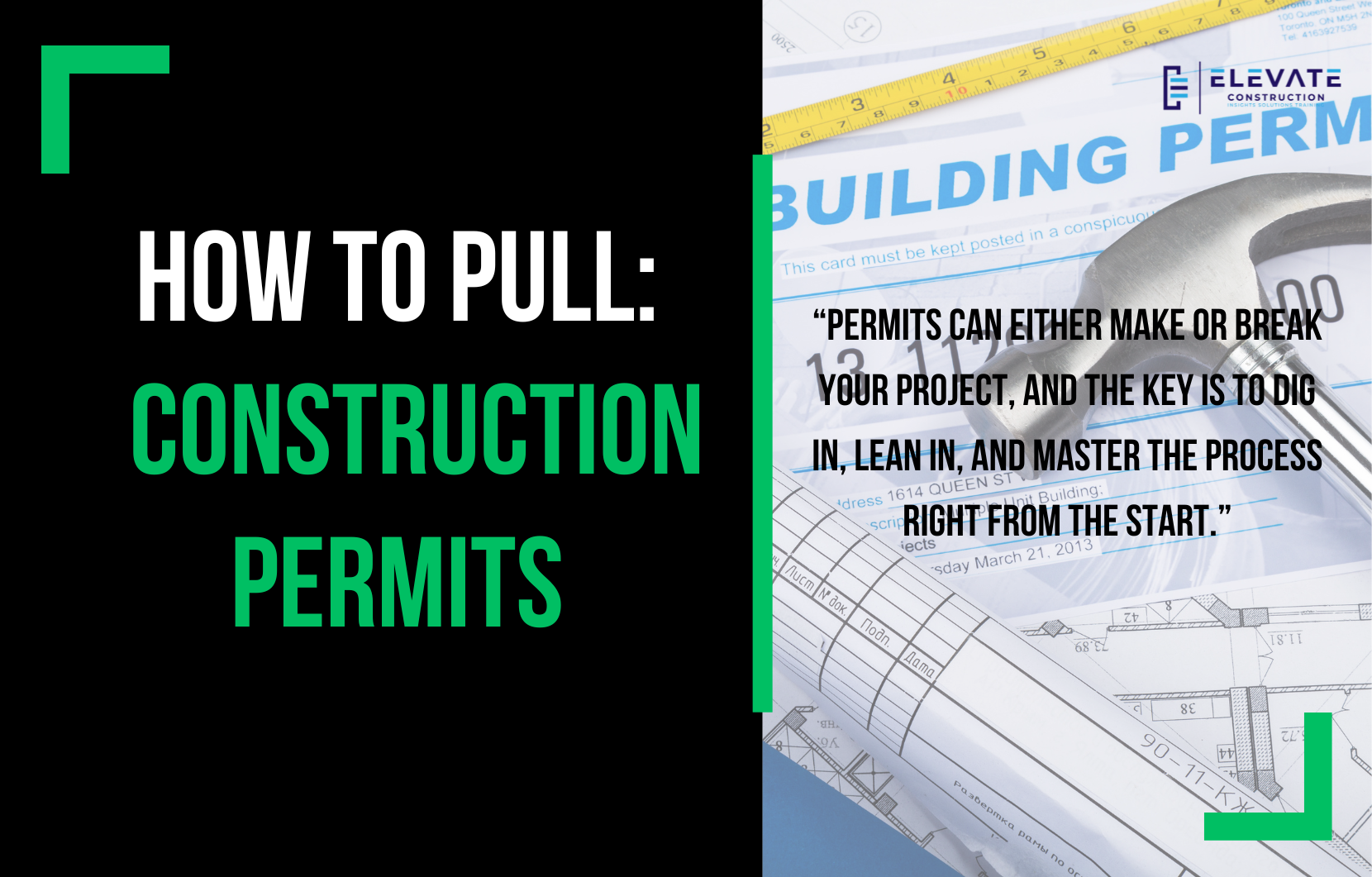Today, we’re going to delve into the realm of just-in-time (JIT) inventory management, exploring its profound impact on businesses, particularly within the construction industry. Despite common misconceptions, JIT can revolutionize project workflows and yield significant efficiency gains when implemented correctly.
Dispelling Myths and Embracing Potential
Let’s debunk the negativity surrounding JIT and uncover the transformative power it holds for construction projects. While many may harbor doubts, understanding JIT’s core principles is the key to unlocking its full potential.
Understanding Just-In-Time Inventory Management
At its essence, JIT isn’t merely about inventory management; it embodies a philosophy of flow and efficiency. In construction, JIT means aligning labor, information, and materials precisely when and where they’re needed, streamlining project progress.
Implementing JIT in Construction
The implementation of JIT in construction requires meticulous planning and adherence to a well-structured schedule. A tact plan serves as the backbone, delineating project rhythms and guiding the timely delivery of materials to designated zones.
Navigating Misconceptions
Contrary to popular belief, JIT doesn’t mandate direct delivery from vendor to site. Laydown yards play a crucial role in buffering materials, ensuring they’re readily available without cluttering workspaces prematurely.
Key Principles for Successful JIT Implementation
- Tactful Planning: A meticulously crafted tact plan breaks down projects into manageable zones, facilitating the timely delivery of materials and labor.
- Strategic Buffering: Material inventory buffers are essential for maintaining workflow continuity. Understanding buffer durations and quantities is critical for seamless project execution.
Pitfalls to Avoid
- Over-reliance on Vendor Deliveries: Expecting all materials to arrive directly at the construction site is impractical and can lead to project delays.
- Excessive Stockpiling: Ordering materials in bulk without considering zone-specific requirements can disrupt workflow and hinder efficiency.
- Ignoring Laydown Yards: Laydown yards are valuable assets for staging materials, ensuring they’re accessible as needed without impeding progress.
Embracing the Journey
Implementing JIT requires a shift in mindset and a commitment to continuous improvement. By fostering a culture of efficiency and adaptability, construction teams can harness the true potential of JIT methodologies.
Conclusion
In conclusion, JIT inventory management represents a paradigm shift in construction project management. By embracing its principles and dispelling misconceptions, businesses can streamline operations, enhance productivity, and adapt to evolving market dynamics.
We encourage you to explore our comprehensive blog post for a deeper dive into JIT principles and practical implementation strategies. Together, let’s harness the transformative power of JIT to drive success in construction projects.
If you want to learn more we have:
-Takt Virtual Training: (Click here)
-Check out our Youtube channel for more info: (Click here)
-Listen to the Elevate Construction podcast: (Click here)
-Check out our training programs and certifications: (Click here)
-The Takt Book: (Click here)
Discover Jason’s Expertise:
Meet Jason Schroeder, the driving force behind Elevate Construction IST. As the company’s owner and principal consultant, he’s dedicated to taking construction to new heights. With a wealth of industry experience, he’s crafted the Field Engineer Boot Camp and Superintendent Boot Camp – intensive training programs engineered to cultivate top-tier leaders capable of steering their teams towards success. Jason’s vision? To expand his training initiatives across the nation, empowering construction firms to soar to unprecedented levels of excellence.
On we go!





